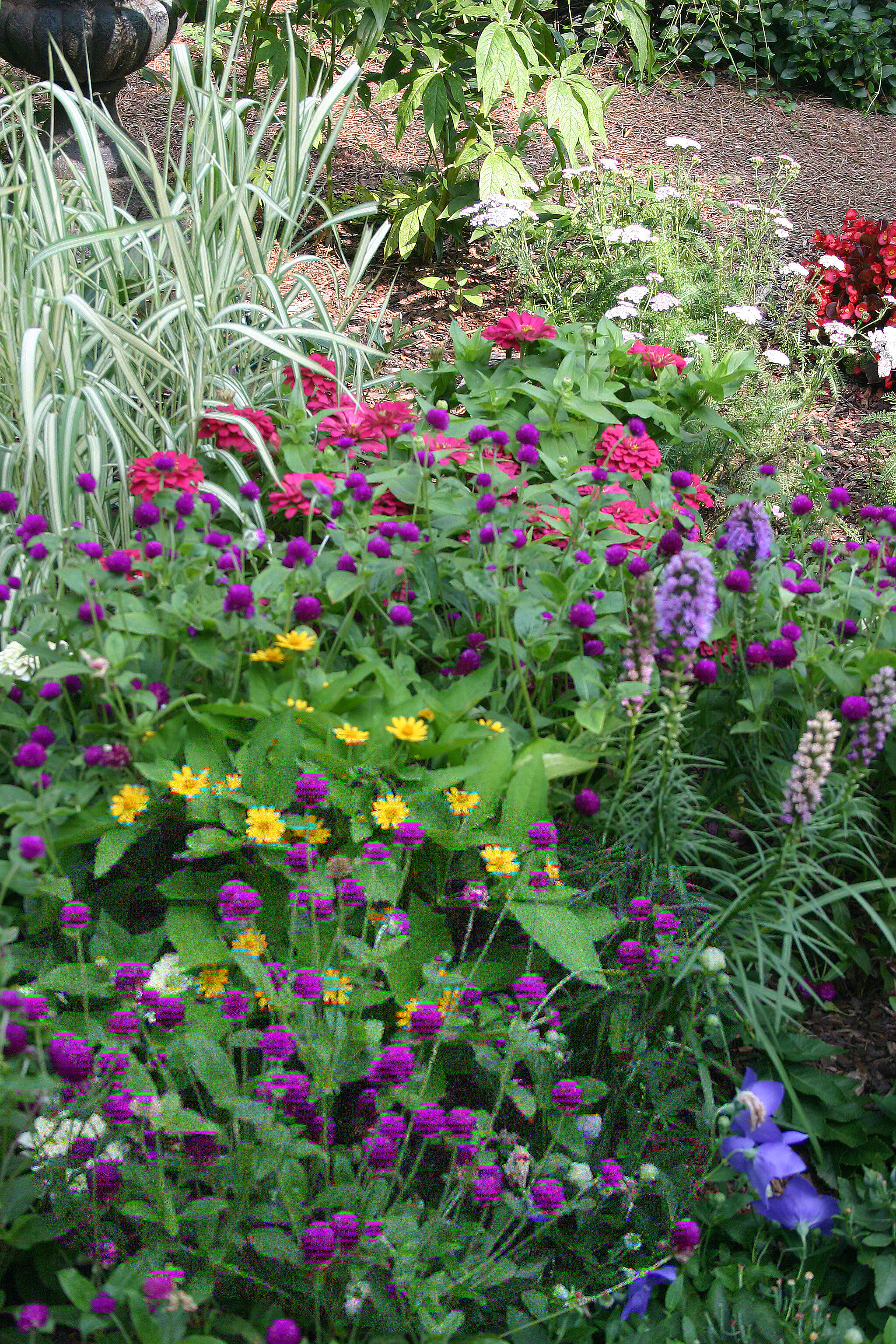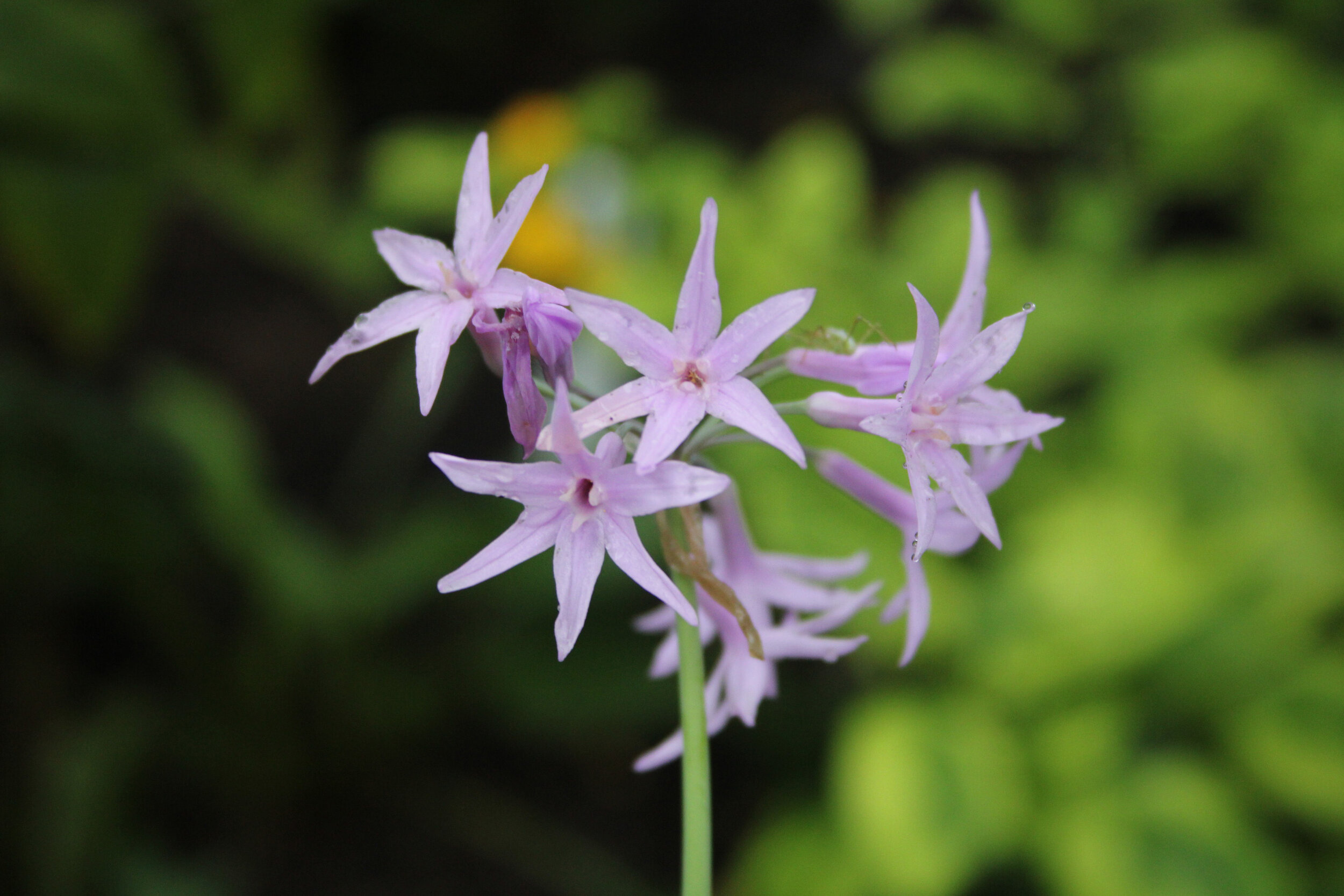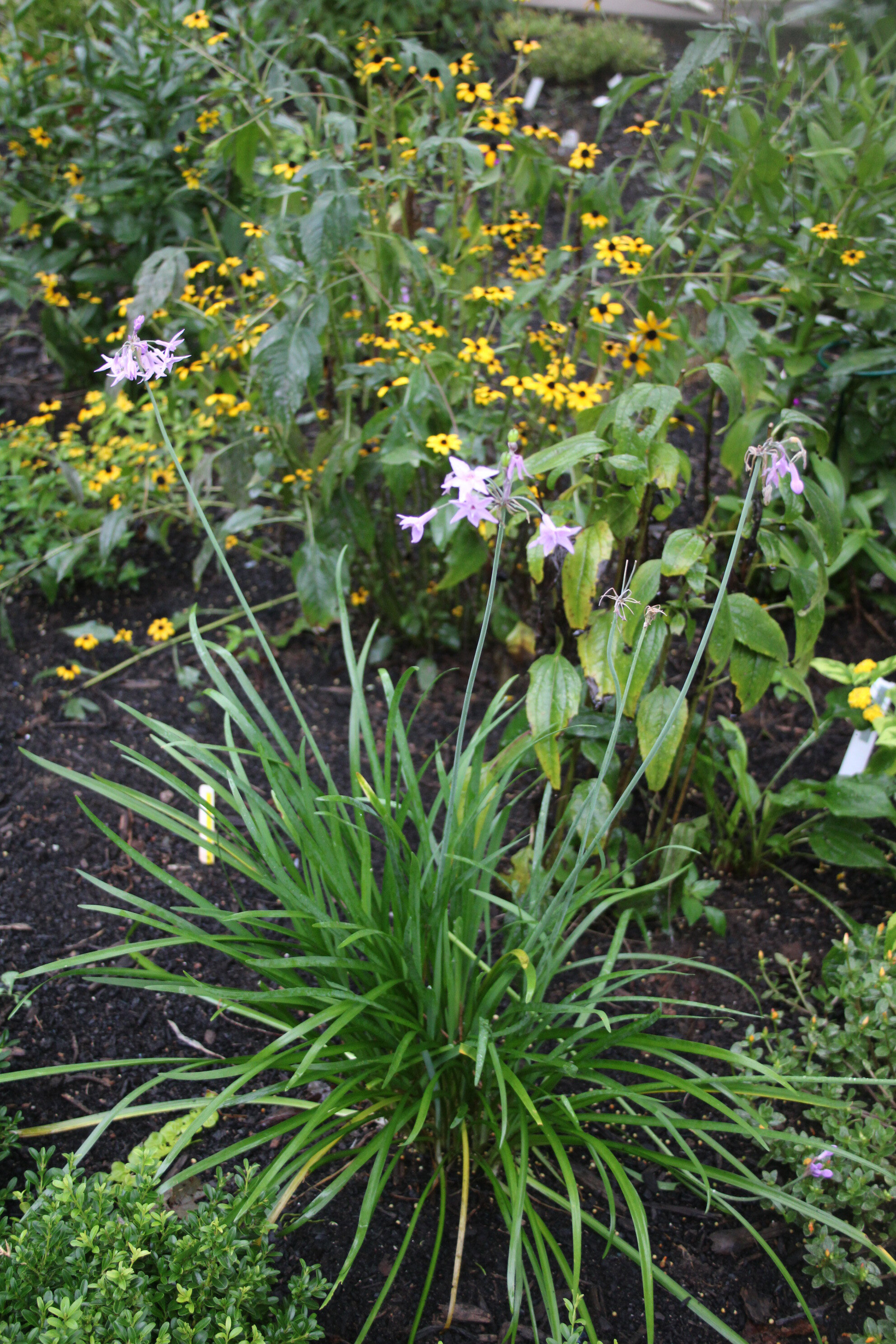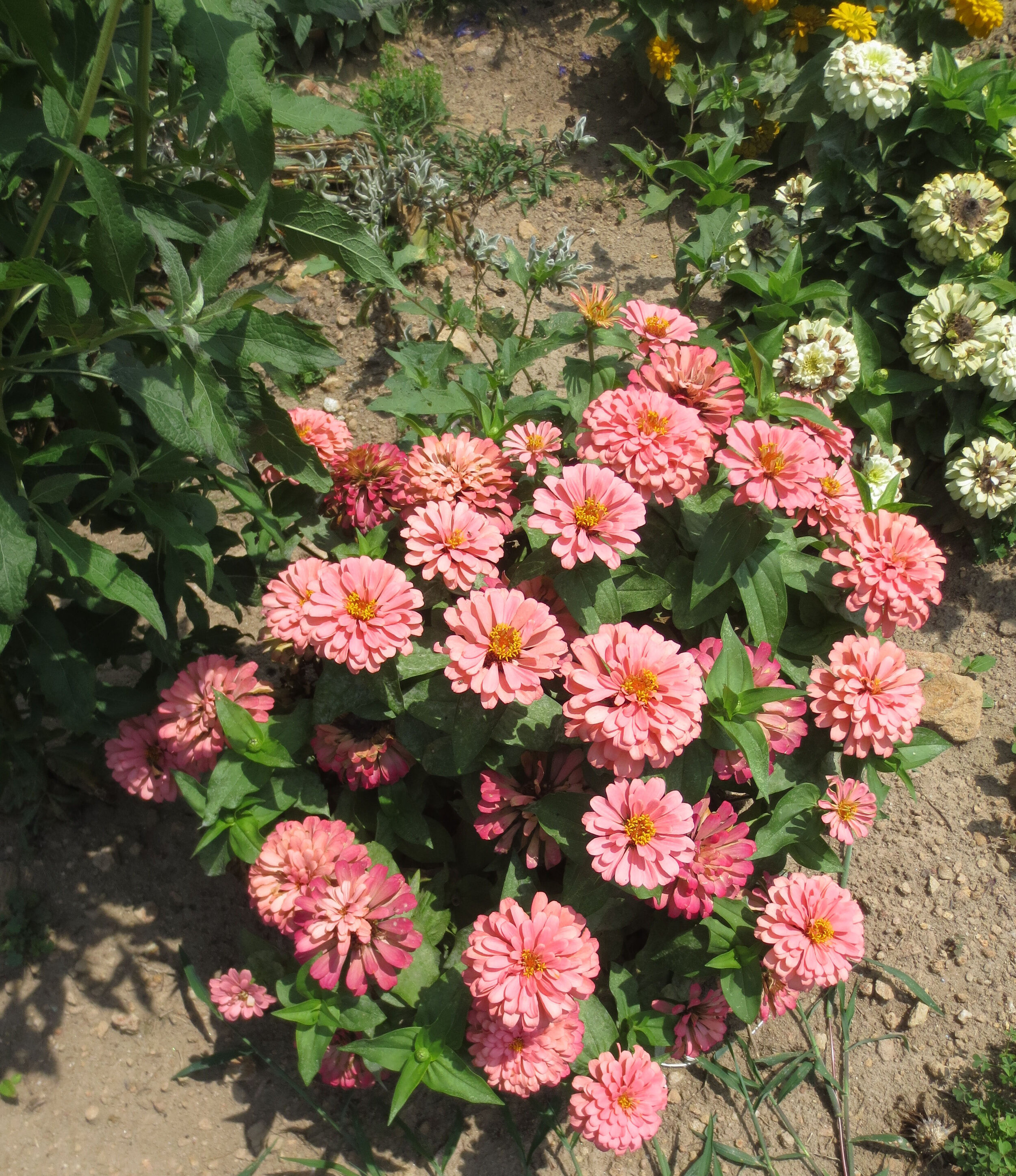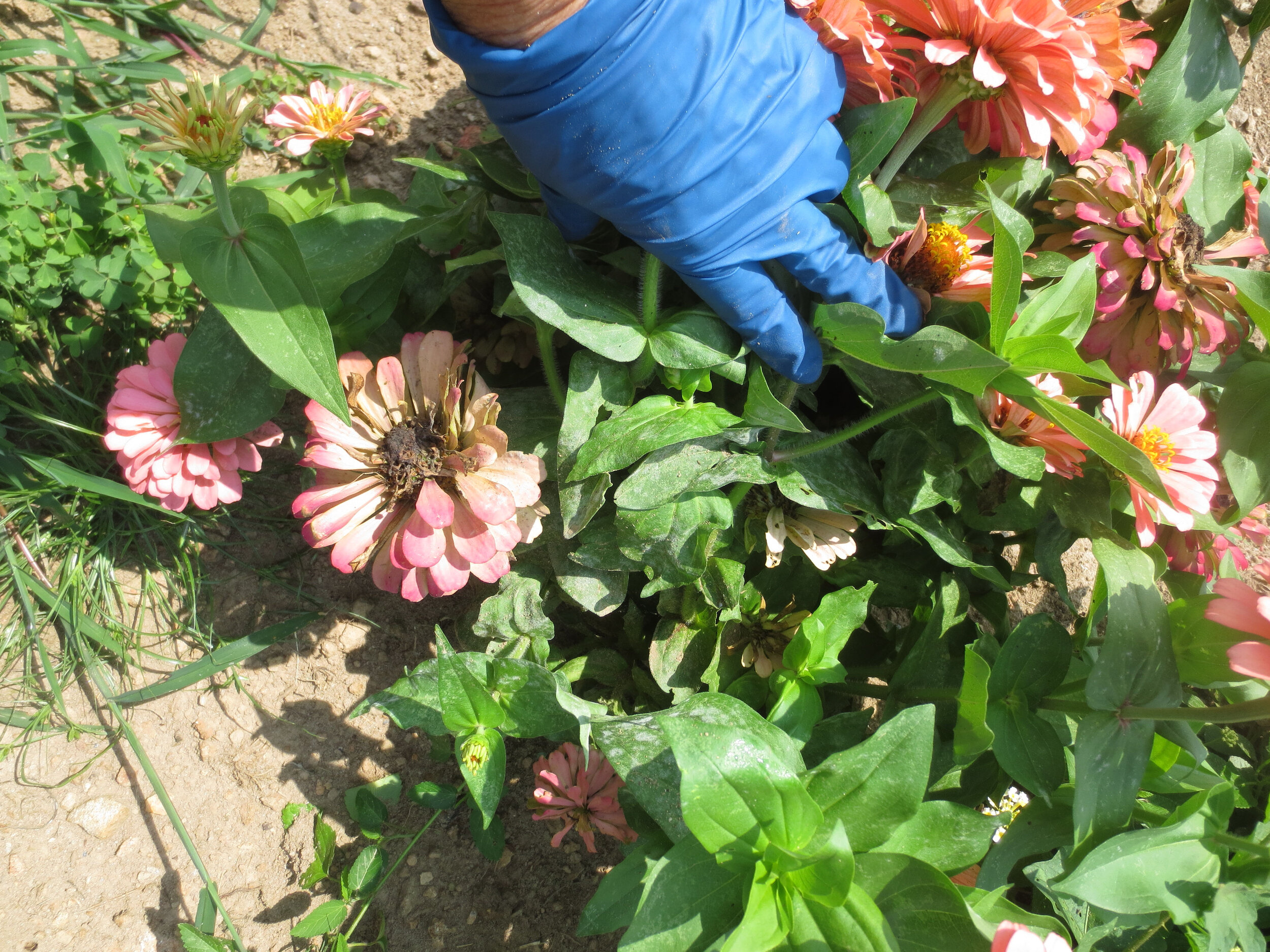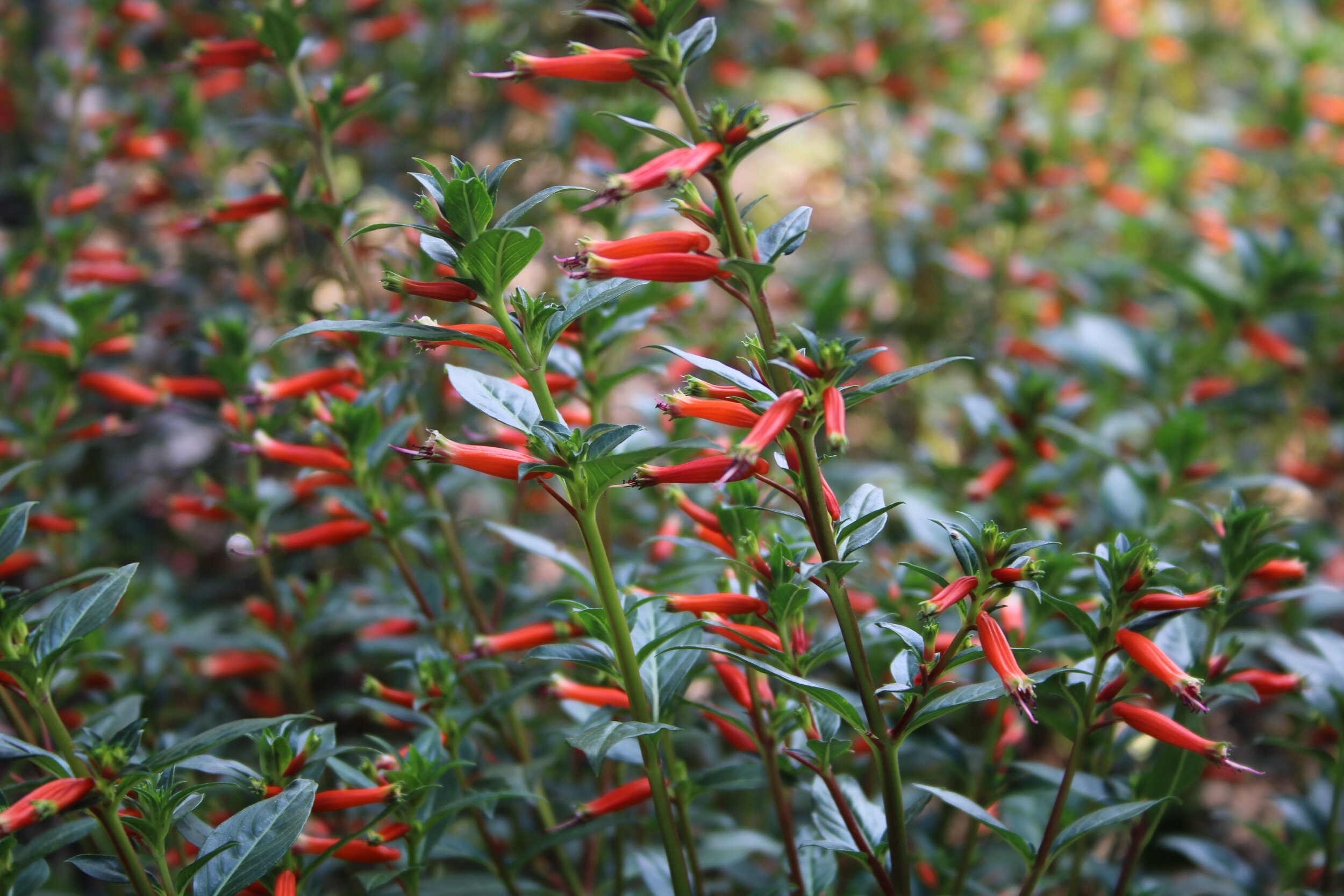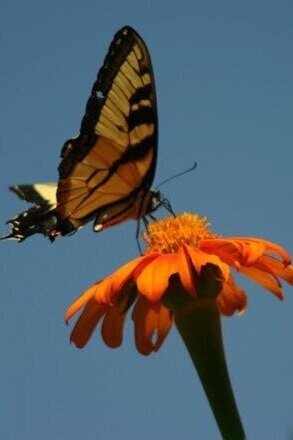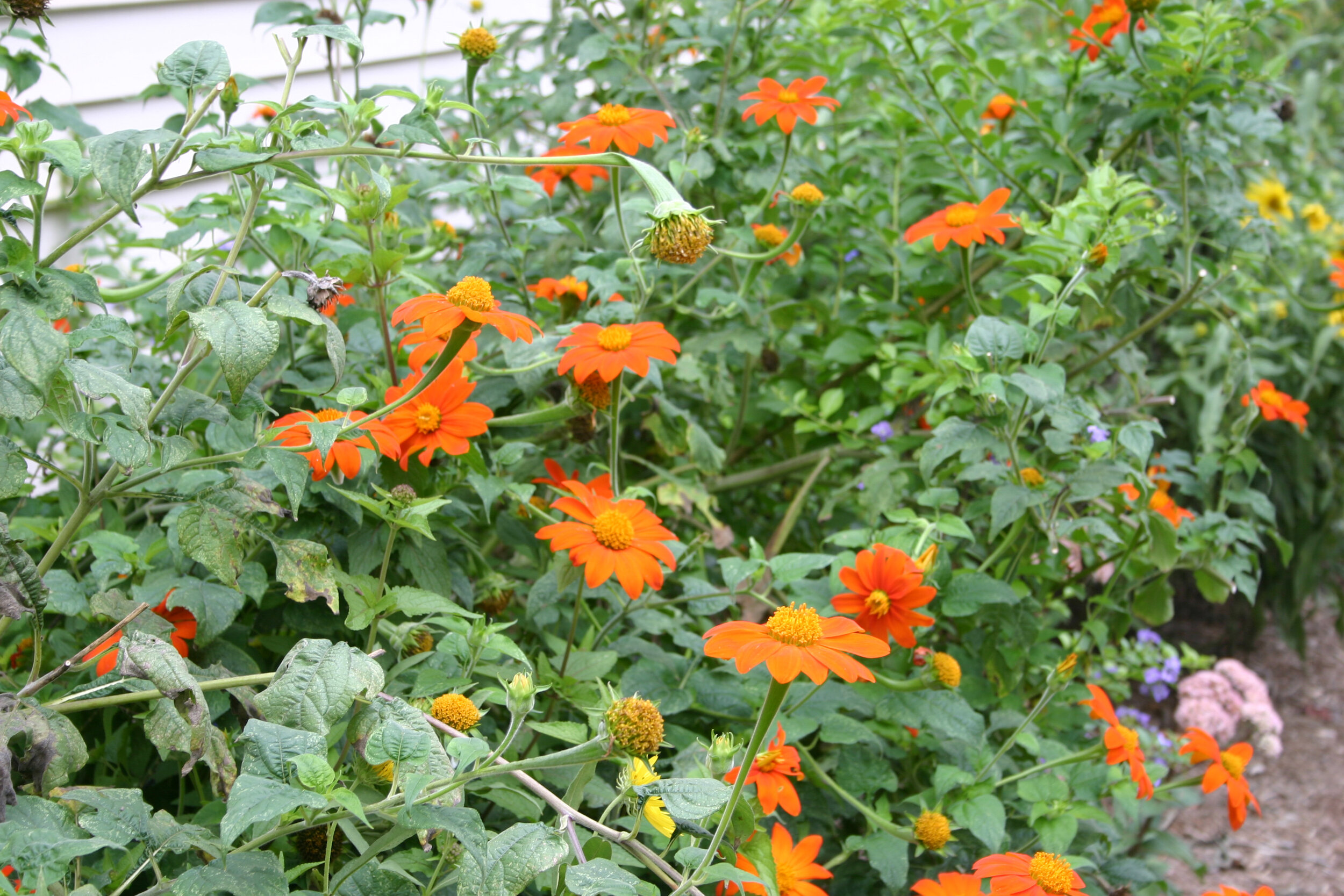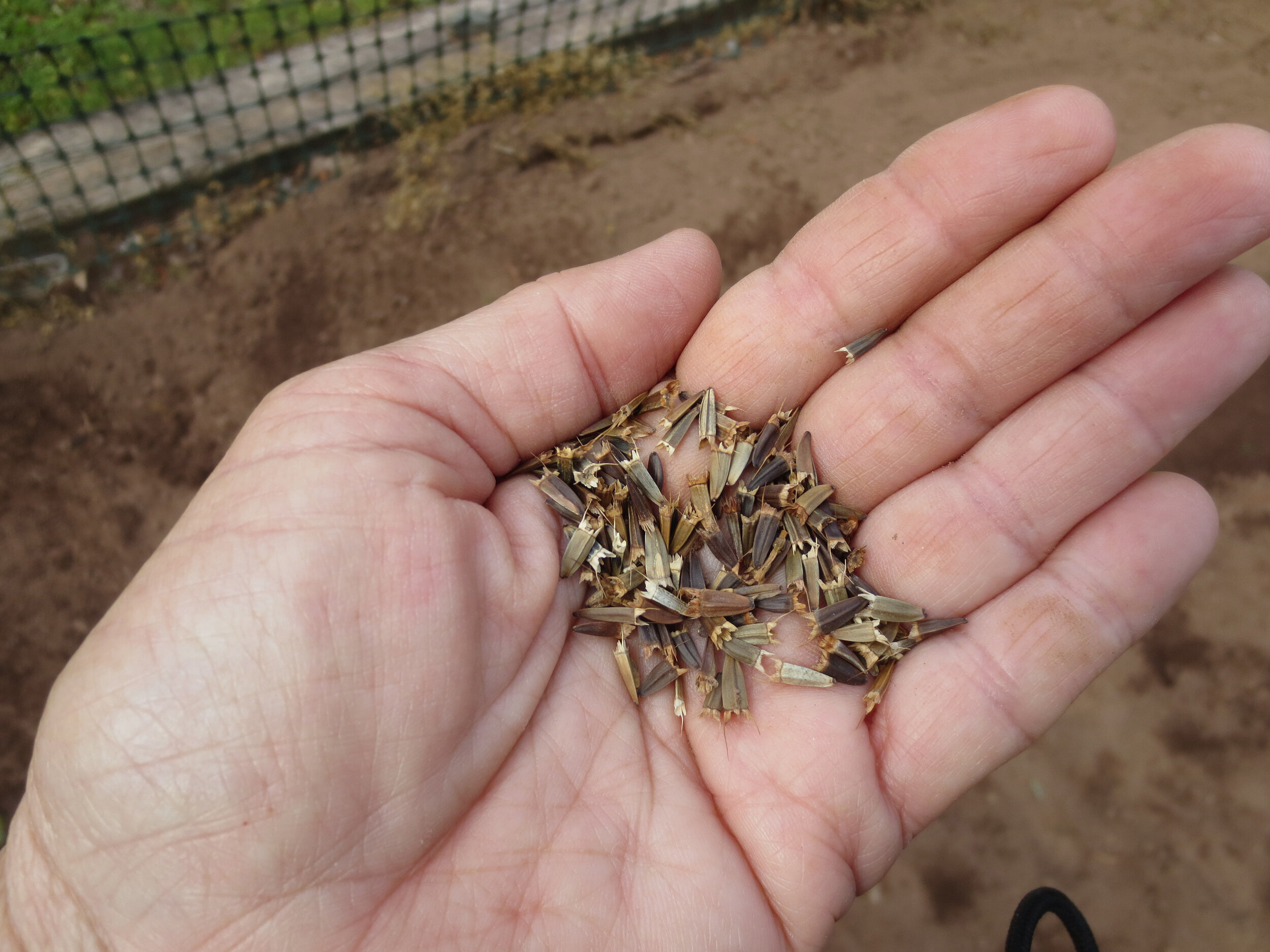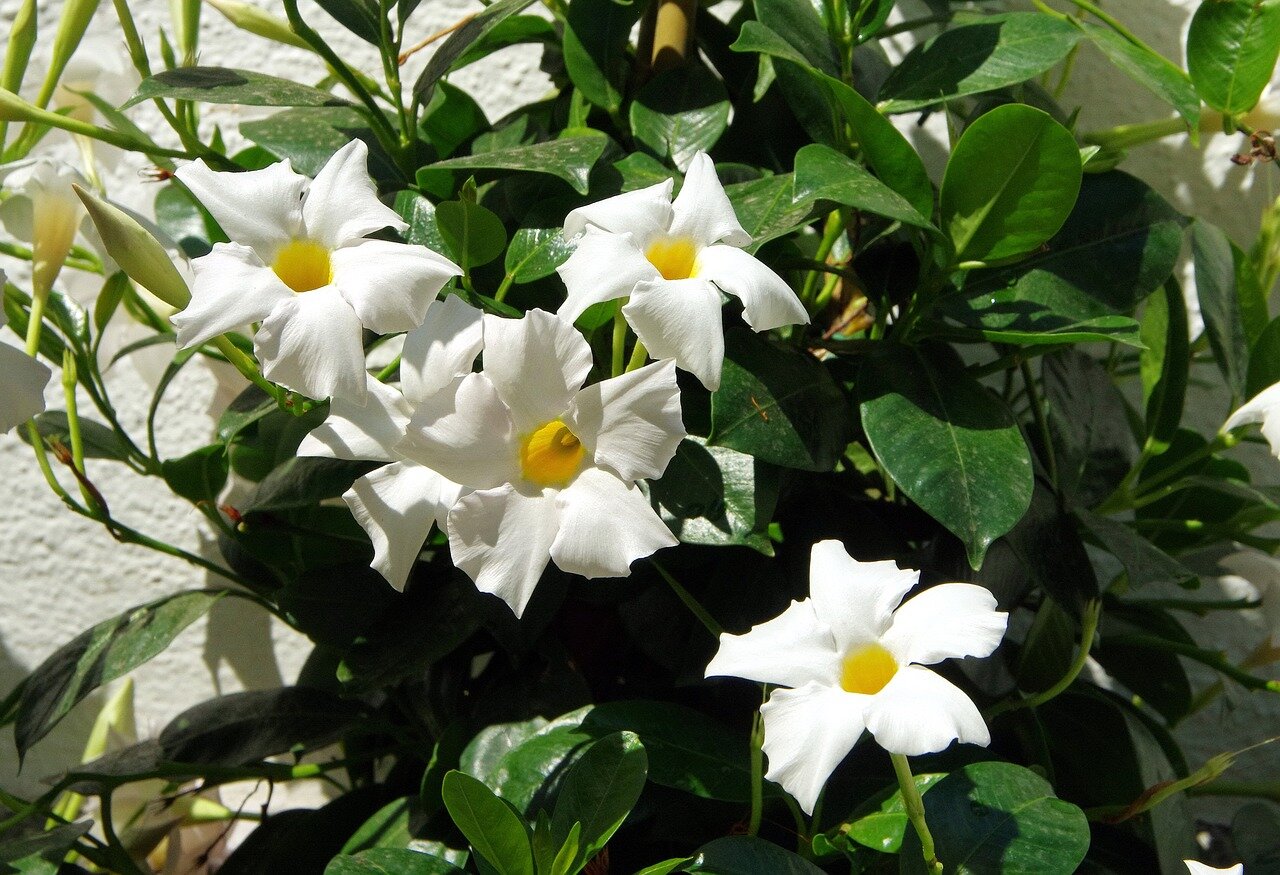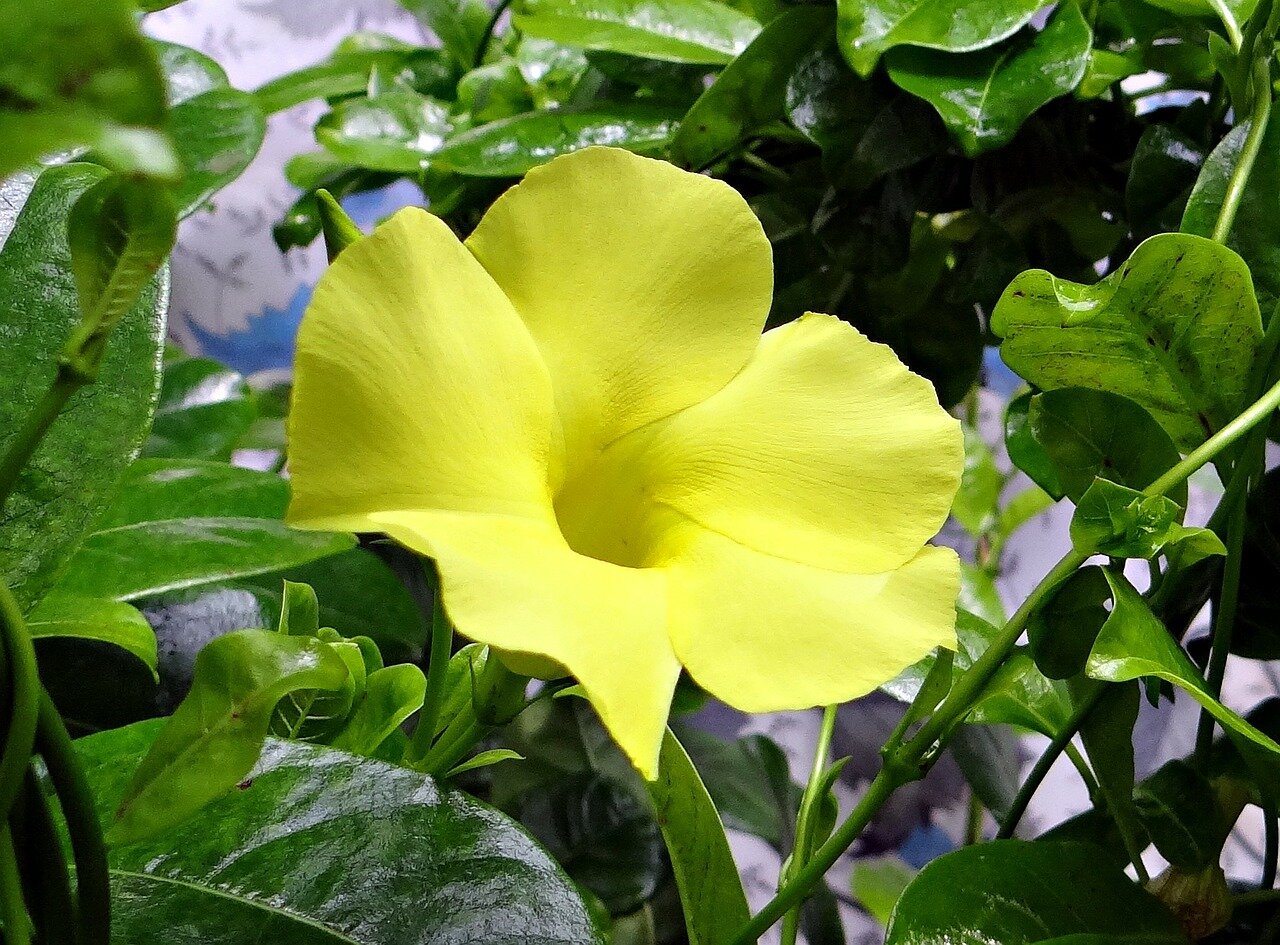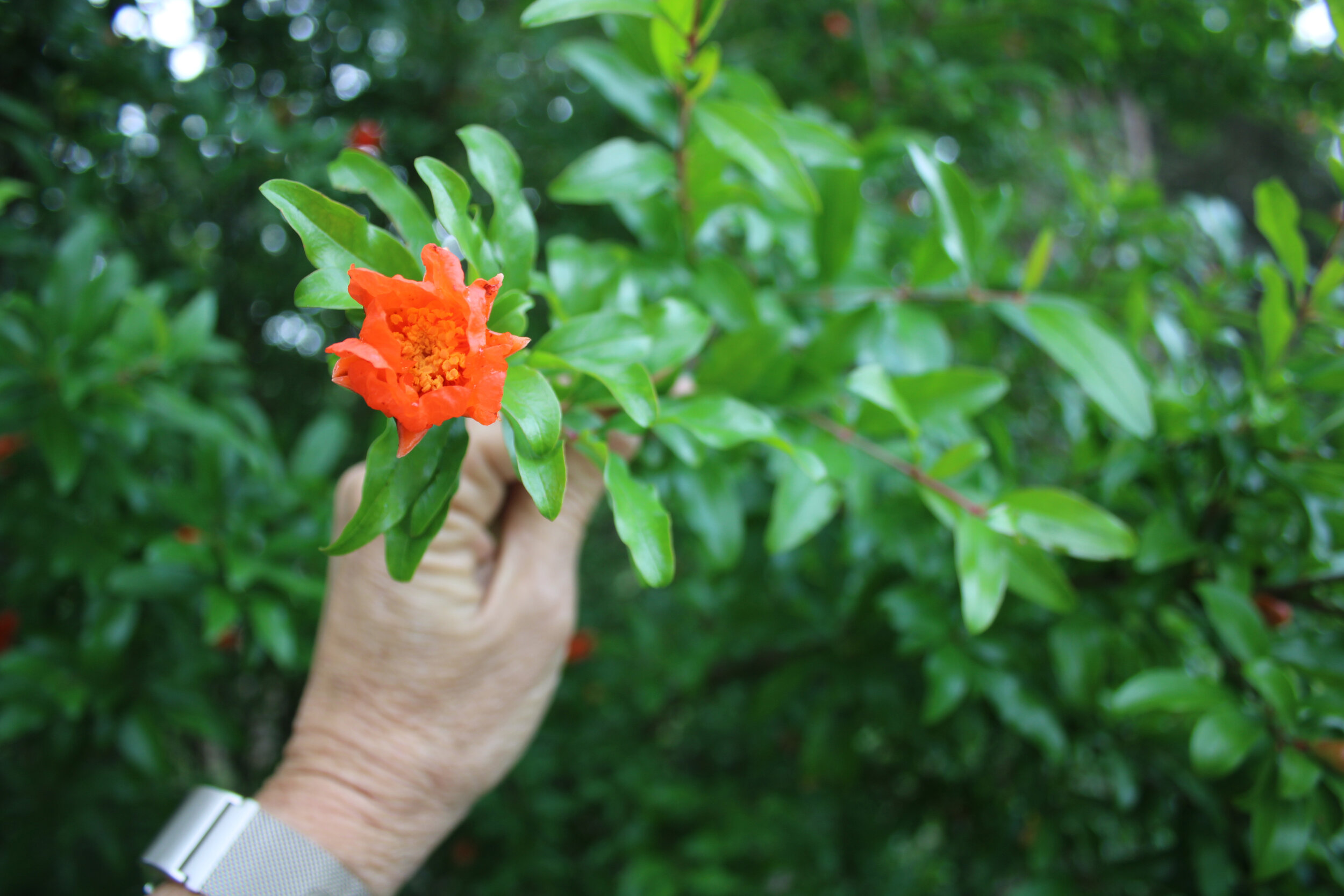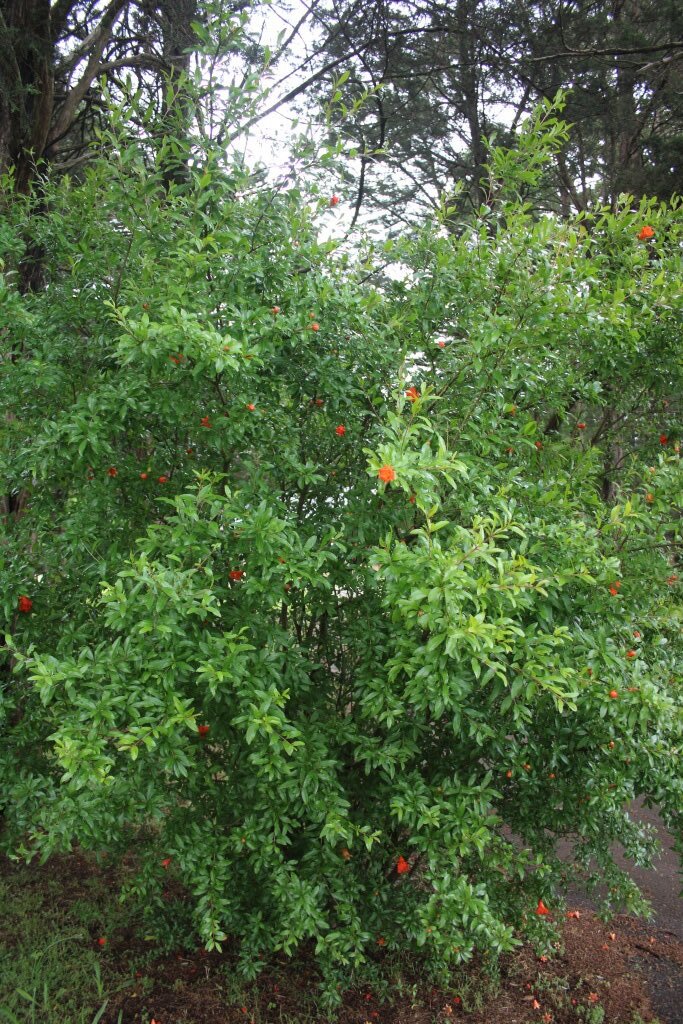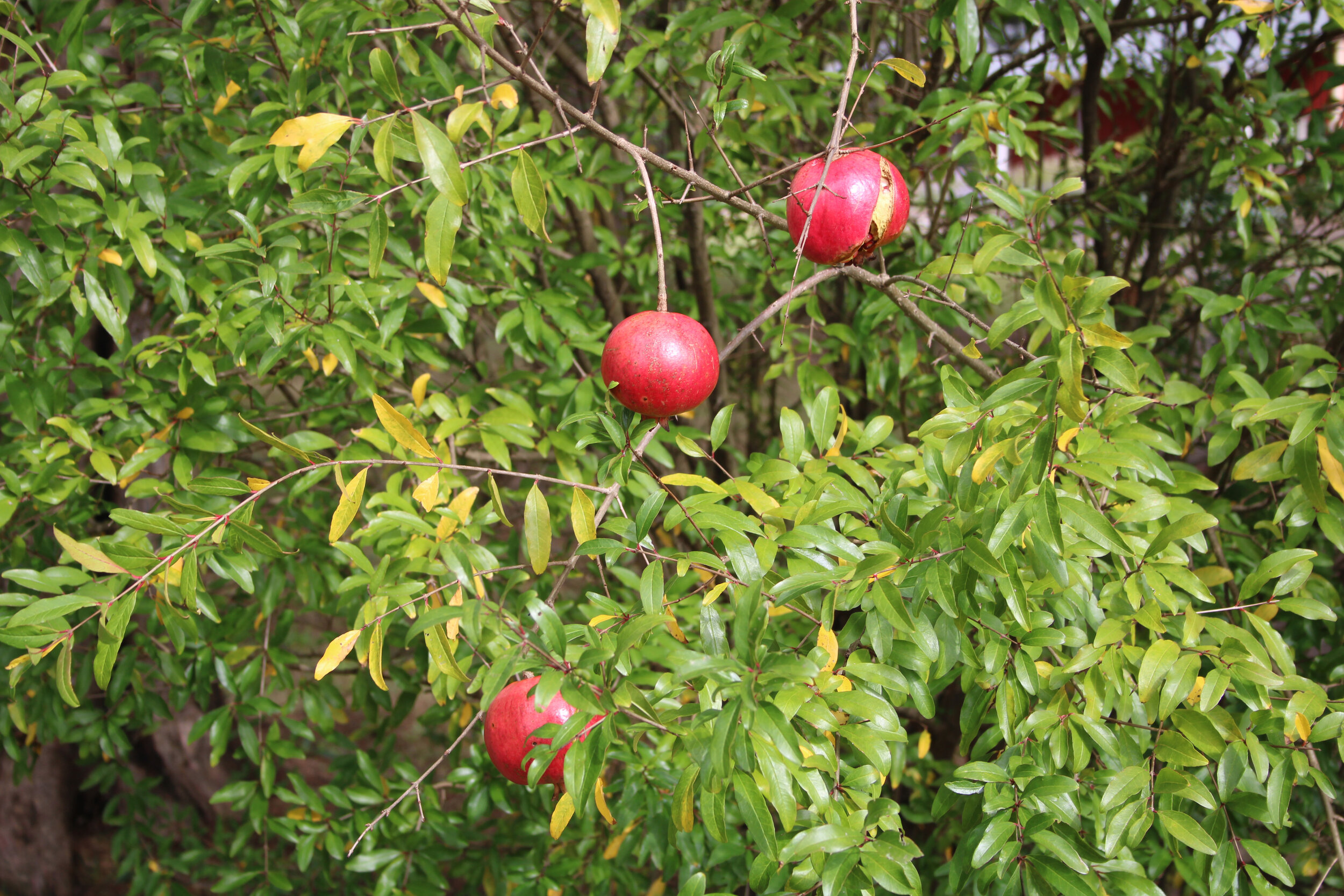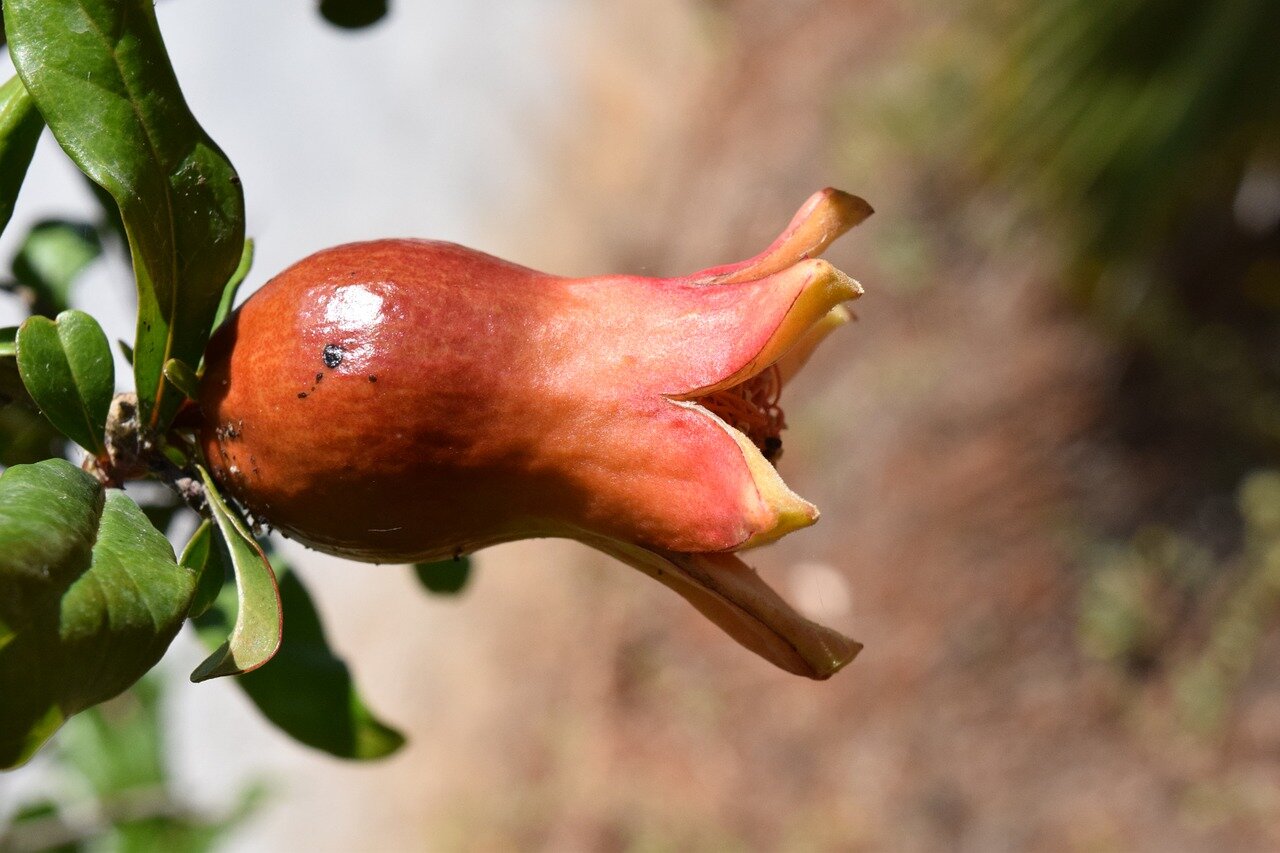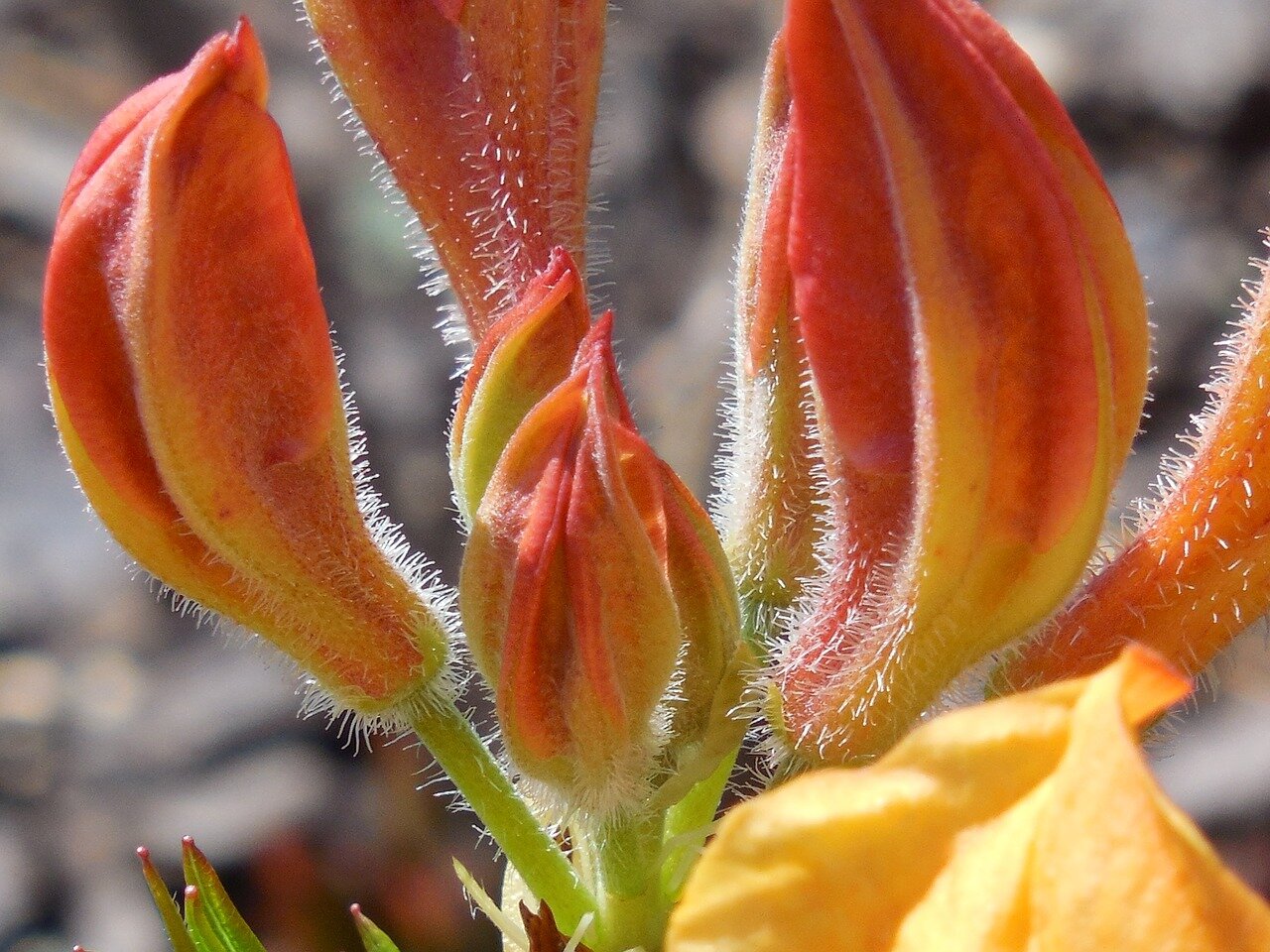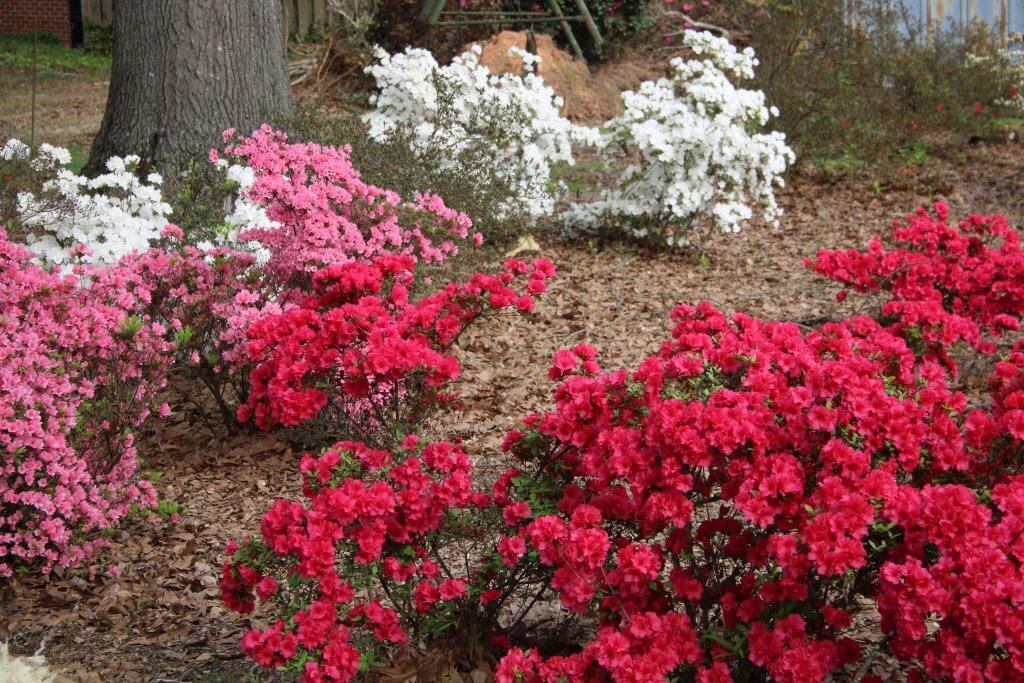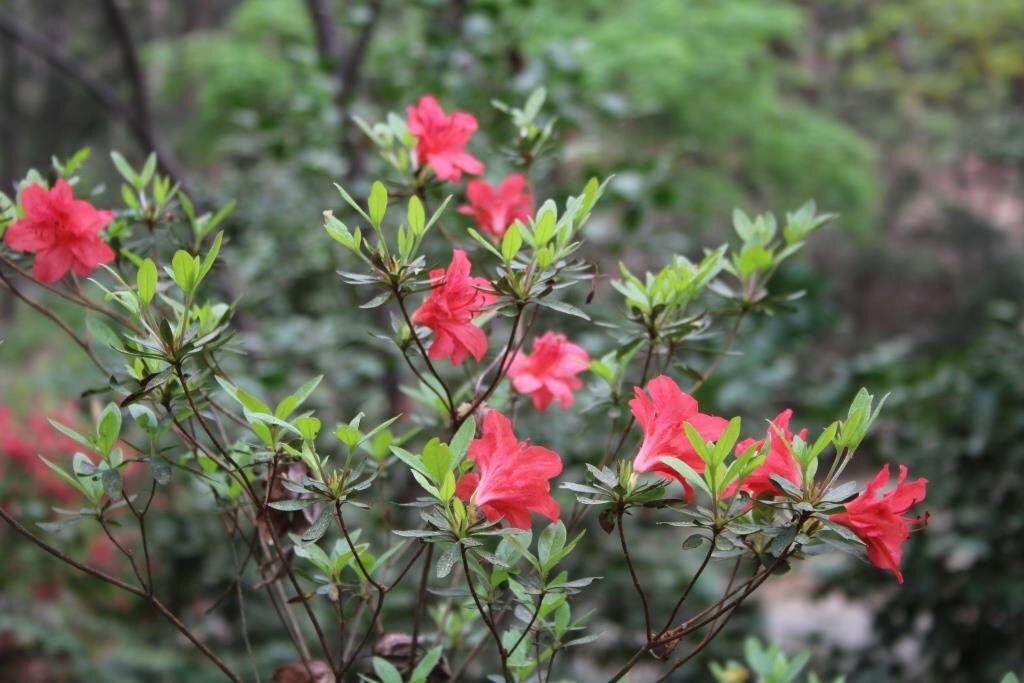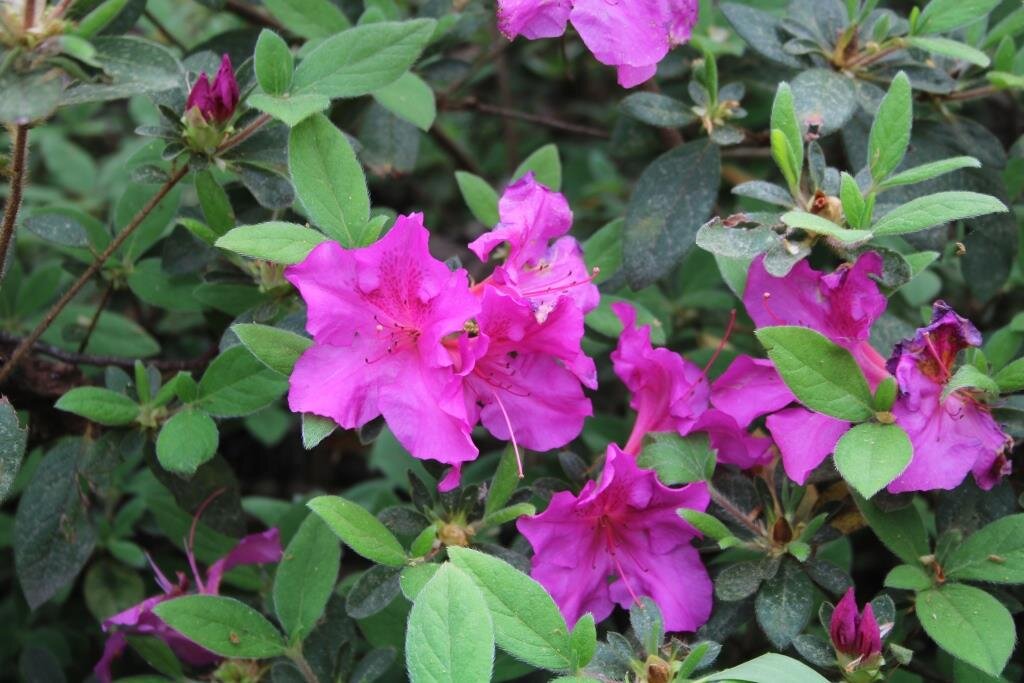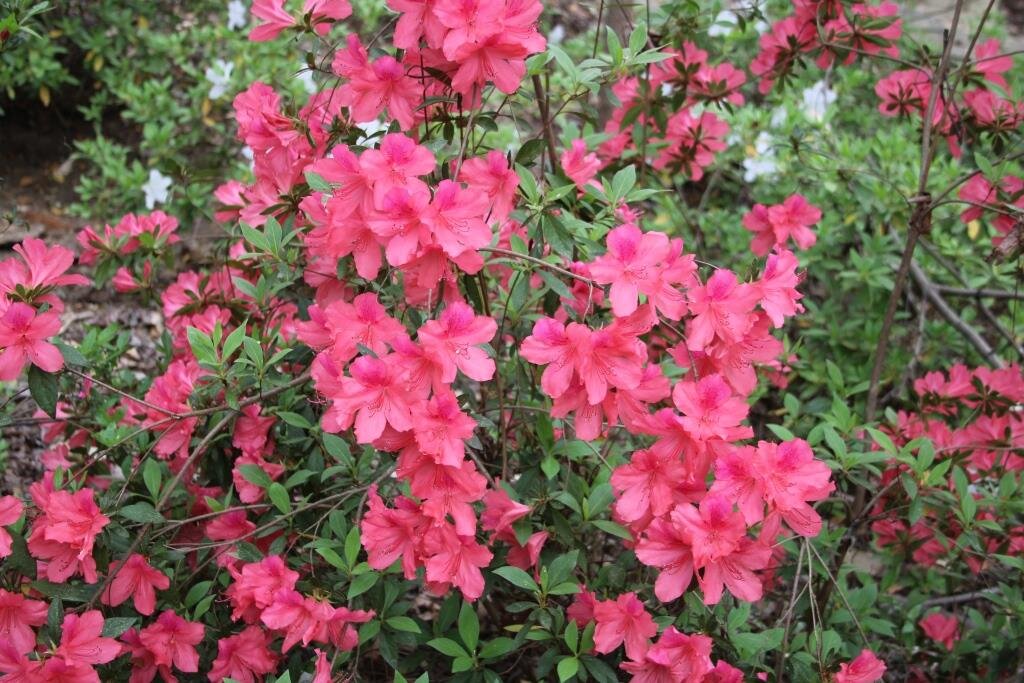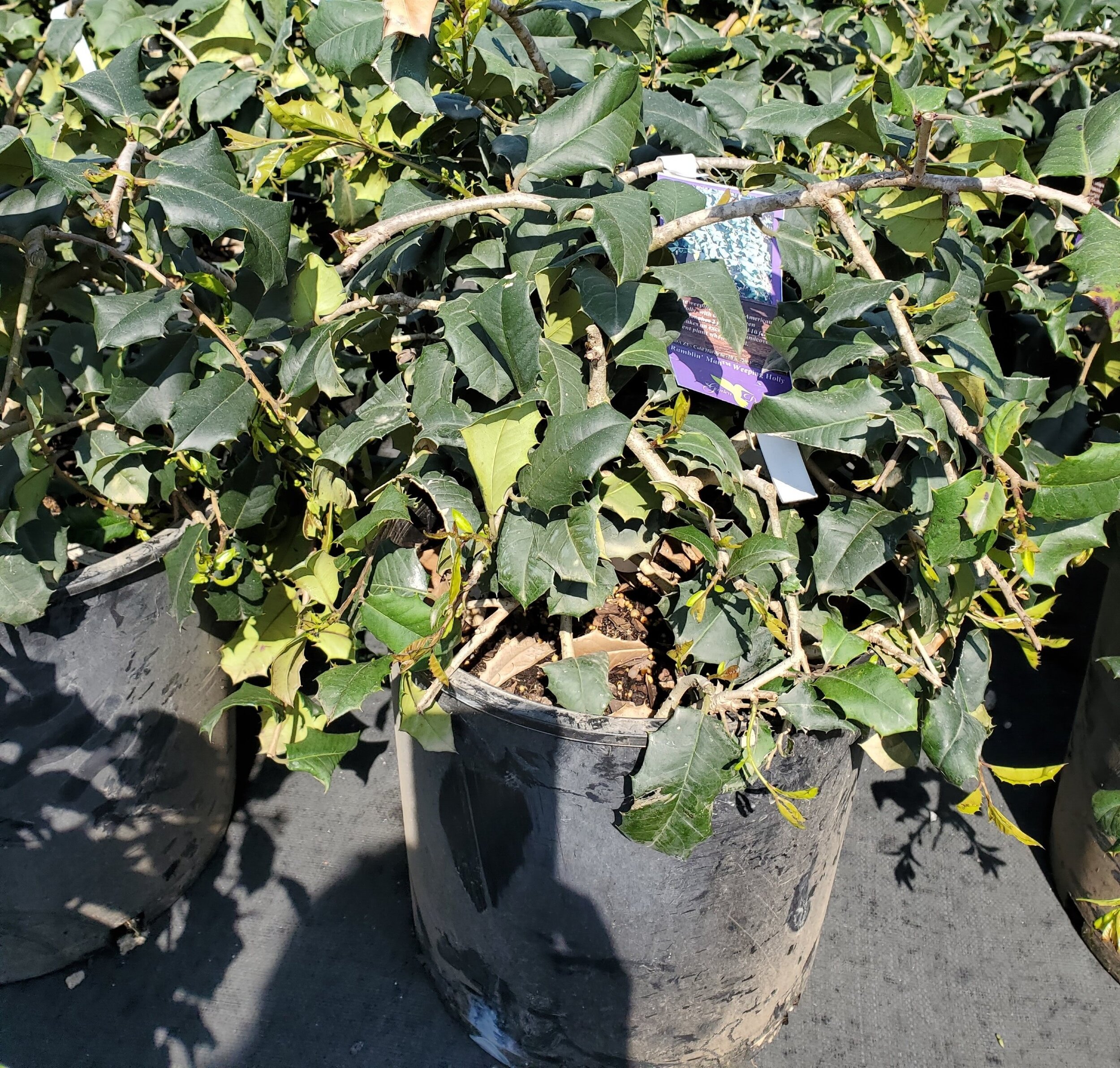We moved to a rural area last year to escape traffic, noise, and pollution. The relocation came with an unanticipated increase in wildlife encounters. Specifically, black bears. My first exposure was a few weeks ago, when a juvenile (75 pounds, guessing) wandered by as I ate dinner on the rear deck. Two more similar sightings followed, two different bears, each around sundown. During the same month, our iron shepherd’s hook was bent to the ground one night and our birdfeeders damaged. Someone joked that, in this area anyway, containers of sunflower seeds are known as bear-feeders, not birdfeeders. I did not want to encourage these visitors, so I started bringing the feeders in each evening. Mission accomplished, right? Wrong! Last week, we had a large (400 pounds or more) bear who arrived in broad daylight. The others had departed as soon as I yelled at them, but this fella (or gal) was undeterred by our presence on the deck, vocal appeals, or even the cacophony of a large cowbell. He paused for a photo, finished his meal, and strolled off. In the days following, I realized how little I knew about these magnificent beasts, and most of what I thought I knew turned out to be wrong.
First, there are eight bear species in the world, but the US is native to three: Black bears, brown bears (the formidable Grizzly falls into this category) and polar bears, which reside only in Alaska. Black bears are the most common in the southeast; brown bears are the most common in the central, north, and western US. The following information relates to black bears.
Adult black bears weigh about 500 pounds. They have a double thick coat that keeps them warm and dry. They can run up to 35 mph, for distances exceeding a mile. Their claws are two inches long and curved, when enables them to climb trees lickety-split, although they only climb to escape predators or when pursuing food. Re-read those last two sentences and realize the futility of trying to outrun or outclimb one who thinks you look tasty.
The good news is that, unless a Mama Bear thinks you are threatening her cubs or you are wearing a bacon necklace, it is unlikely that you would be considered edible. Black bears prefer a diet of berries, plants, grubs, and other insects. They will eat fish or small mammals occasionally, and honey whenever they can find it. A full-grown bear eats about 30 pounds of food per day, which keeps them busy foraging for dinner. Bears can swim well. They are capable of walking upright, but they typically assume this posture only when they are curious and want to see better. If a bear is clacking its teeth, huffing aloud, and slapping the ground, it is giving you a message to Go Away.
Black bears are timid and will avoid you if they can. If you must walk though bear territory, it is best to make plenty of noise to alert them to your presence. Given enough warning, a mother black bear will climb a tree with her cubs to avoid you. If it feels trapped, a bear may even charge you in an attempt to scare you into leaving. A bluff charge is not the same as an attack. According to Backpacker Magazine, a bluff usually begins with a hopping motion and with the head held up and ears tilted forward. A true attack starts with a down head.
Black bear attacks resulting in a fatality are rare, occurring once per year, on average. The best course of action is to avoid their territory when you can, carry bear-spray when you can’t, and keep your dogs with you. A scuffle between a dog and a bear never ends well for the dog. Secure your food when camping, and your kitchen trash when at home. Remove temptation and black bears will move on to better food sources. These are wild animals. Treat them with respect and give them space, and we can all get along just fine.




